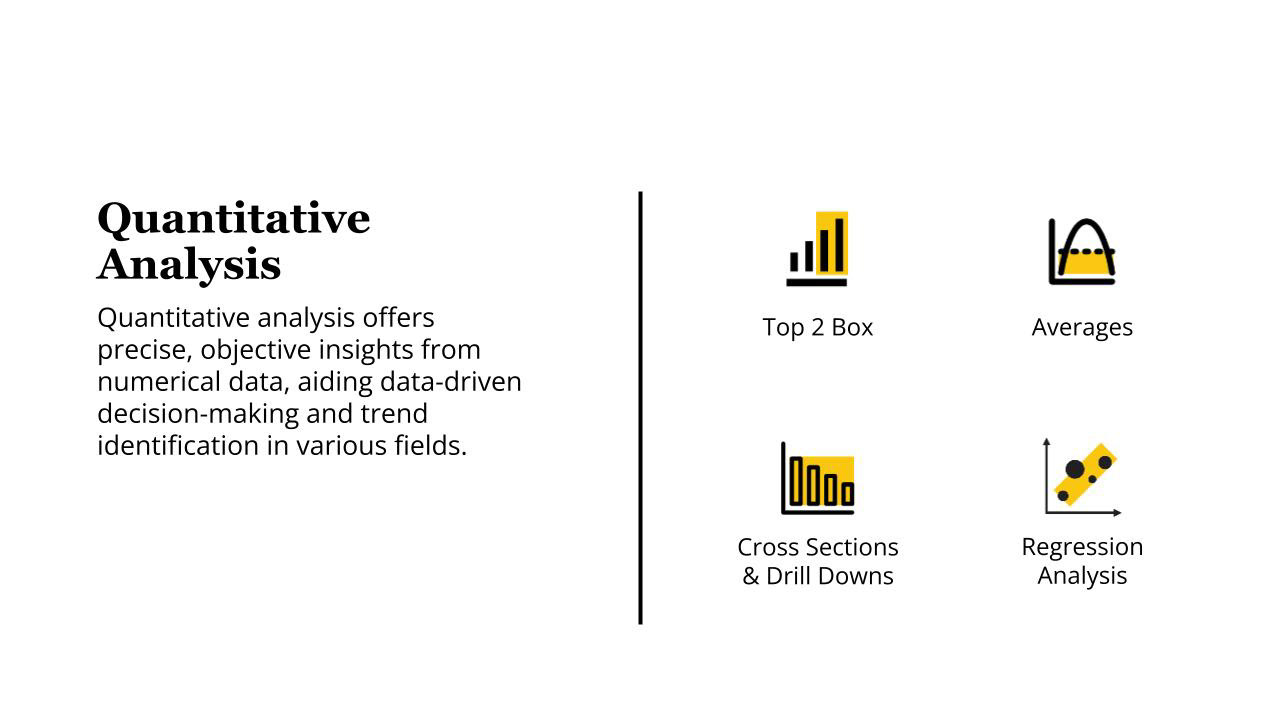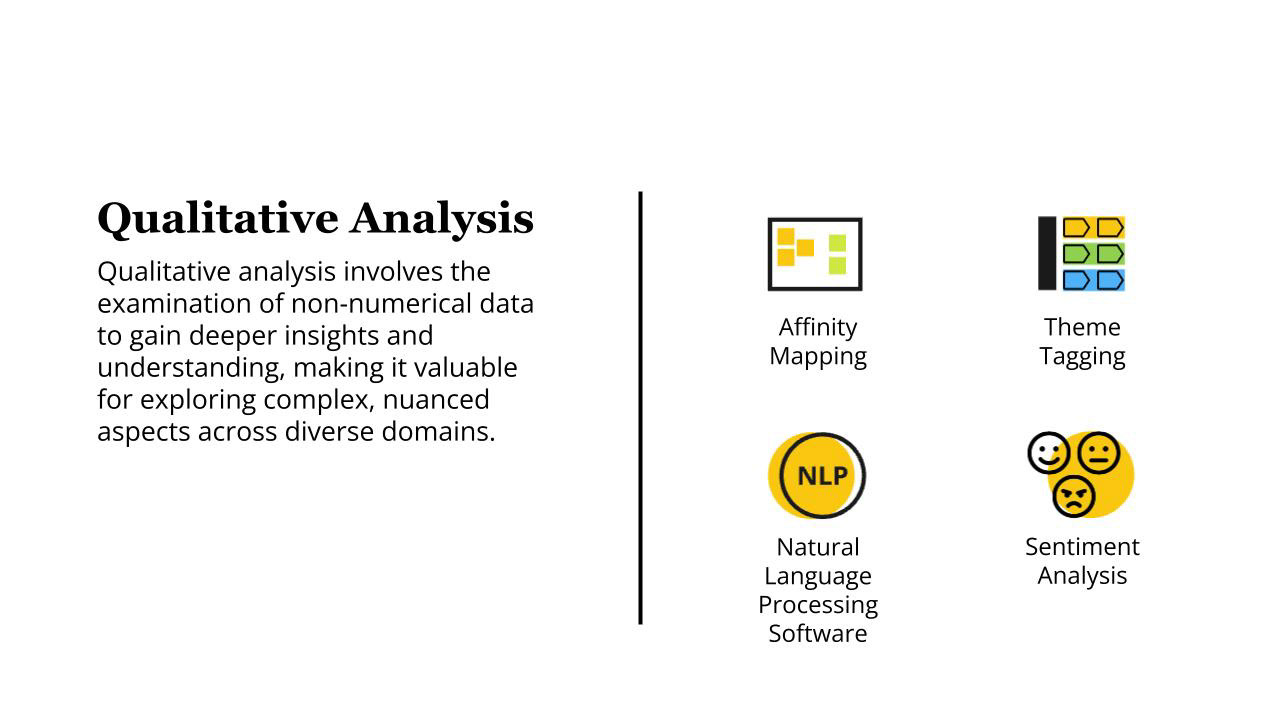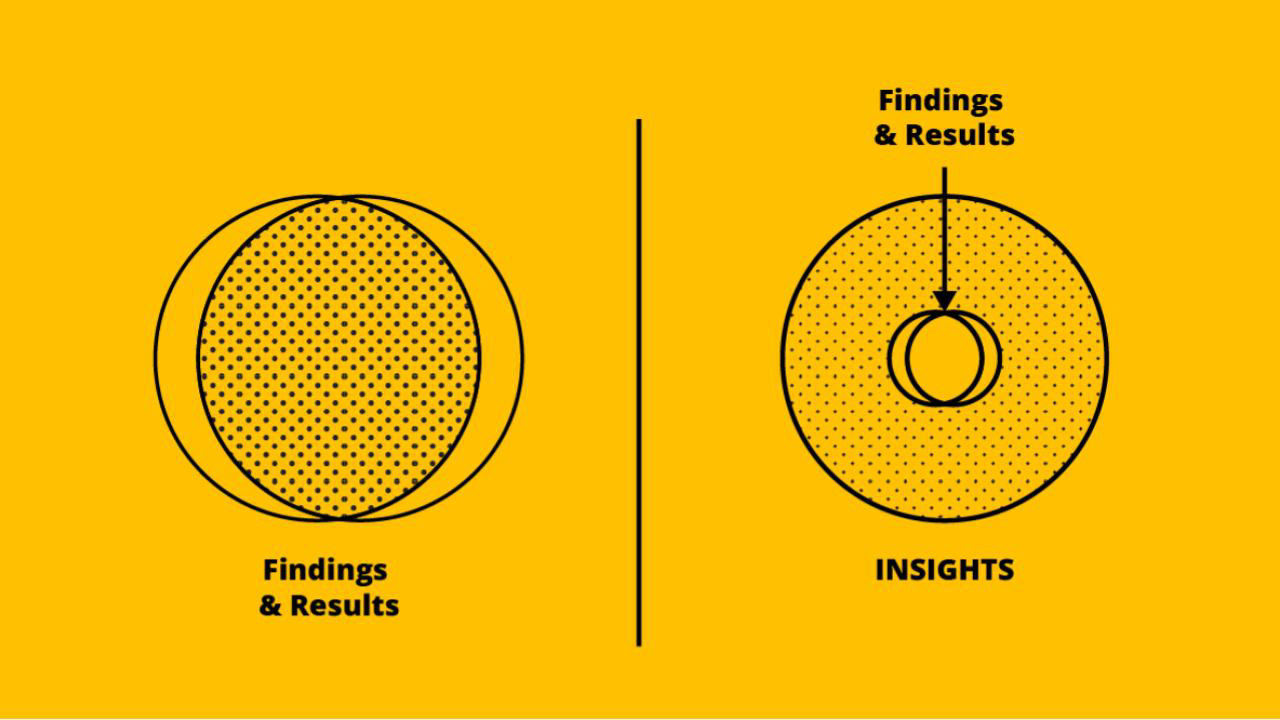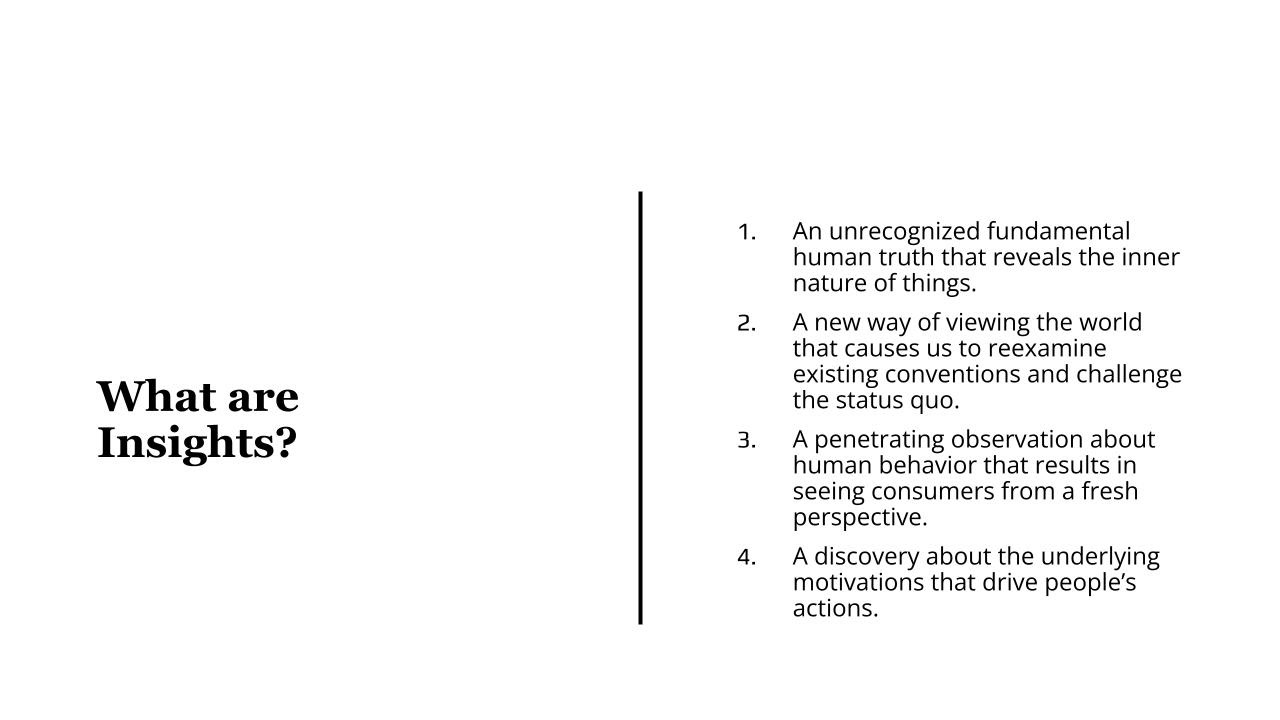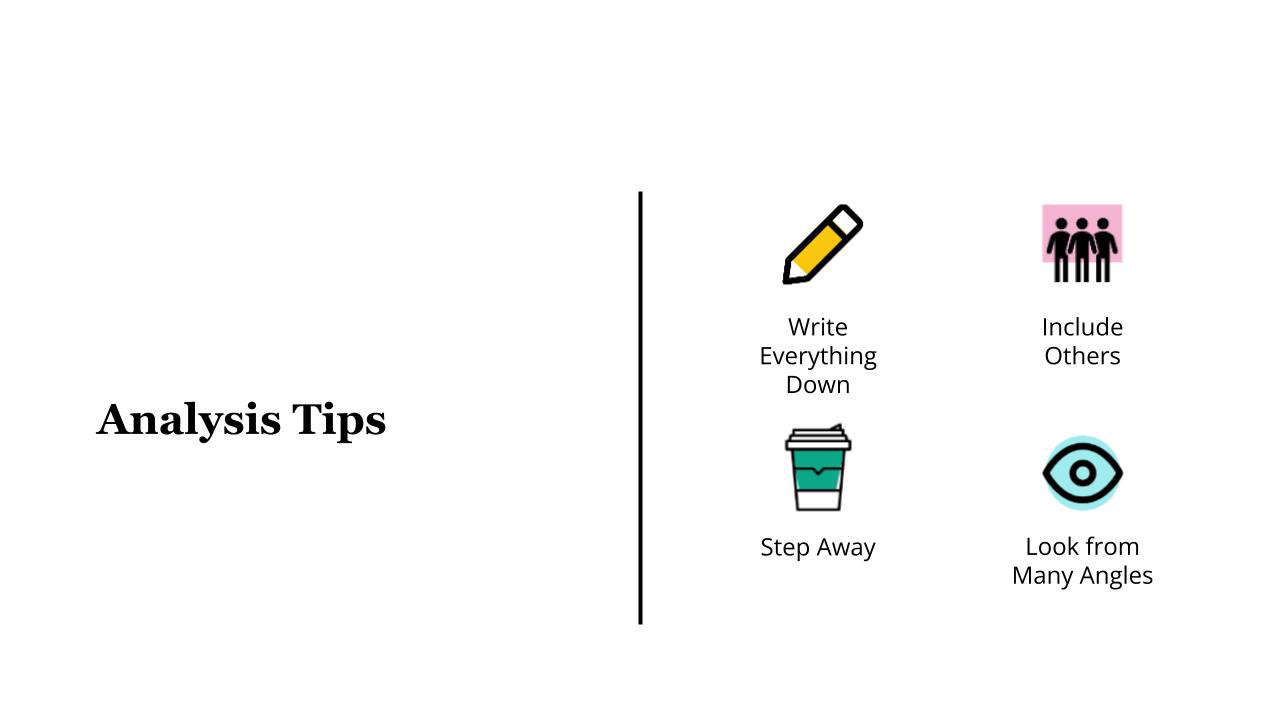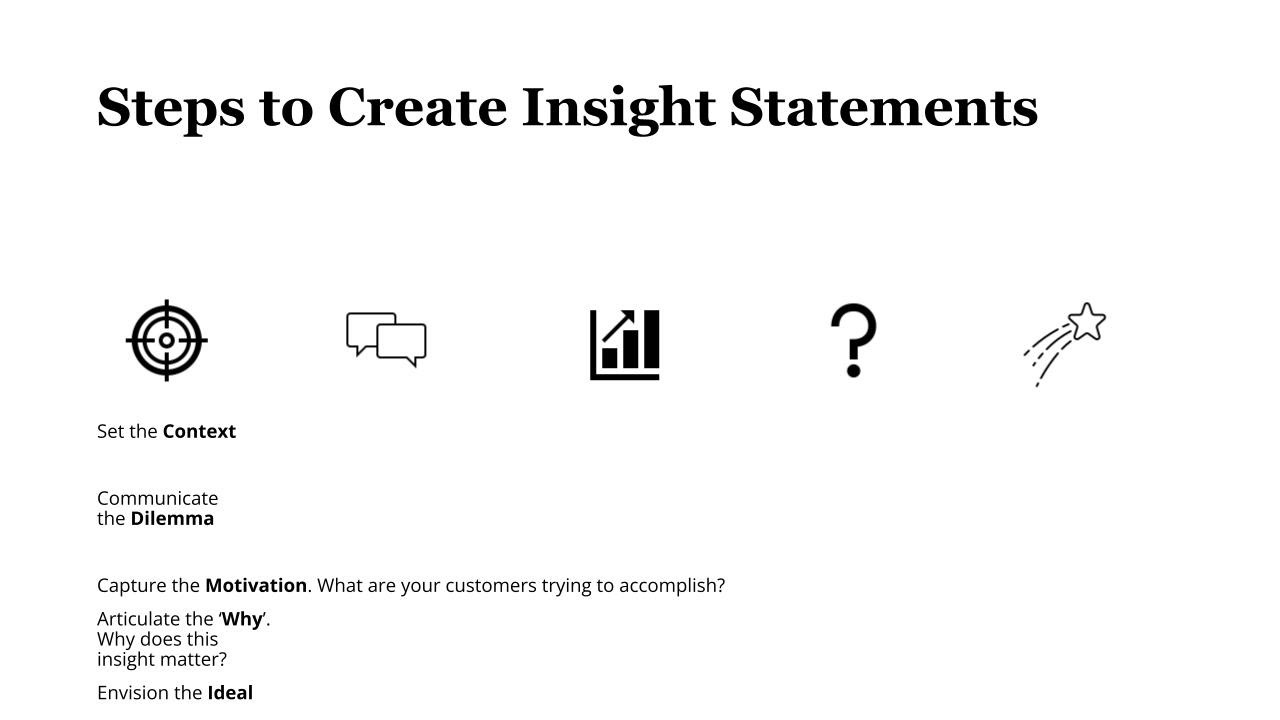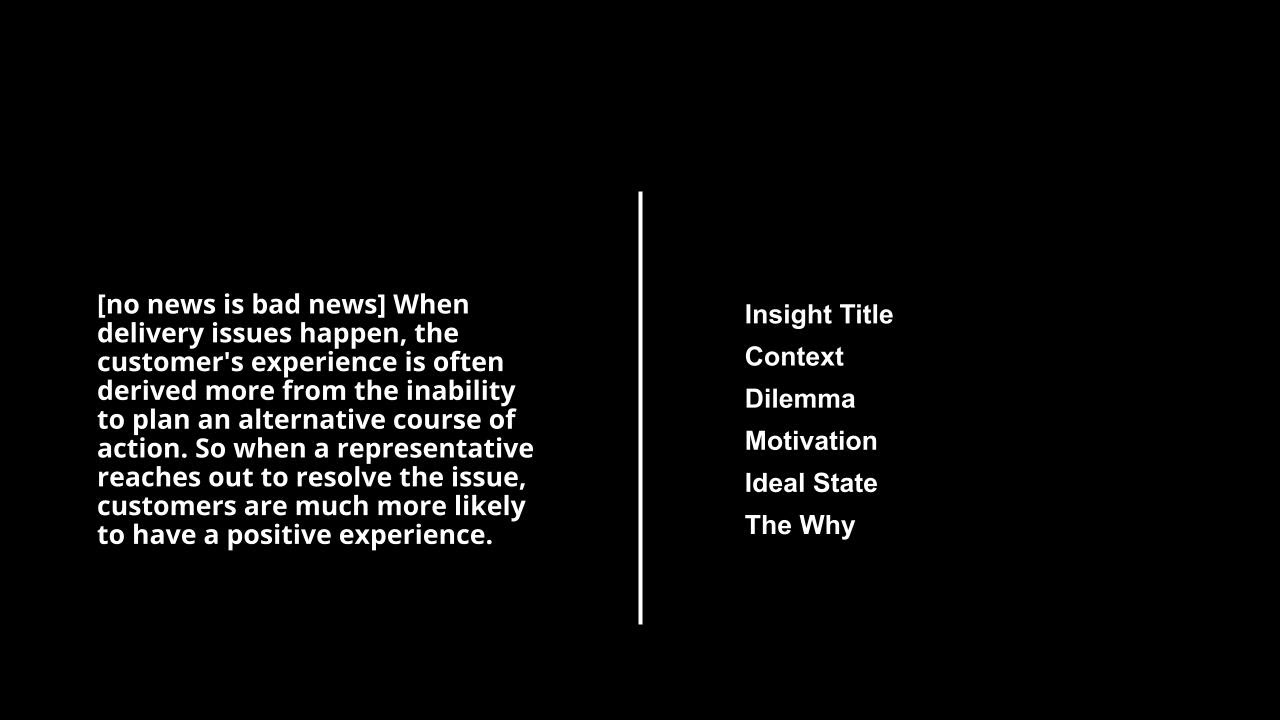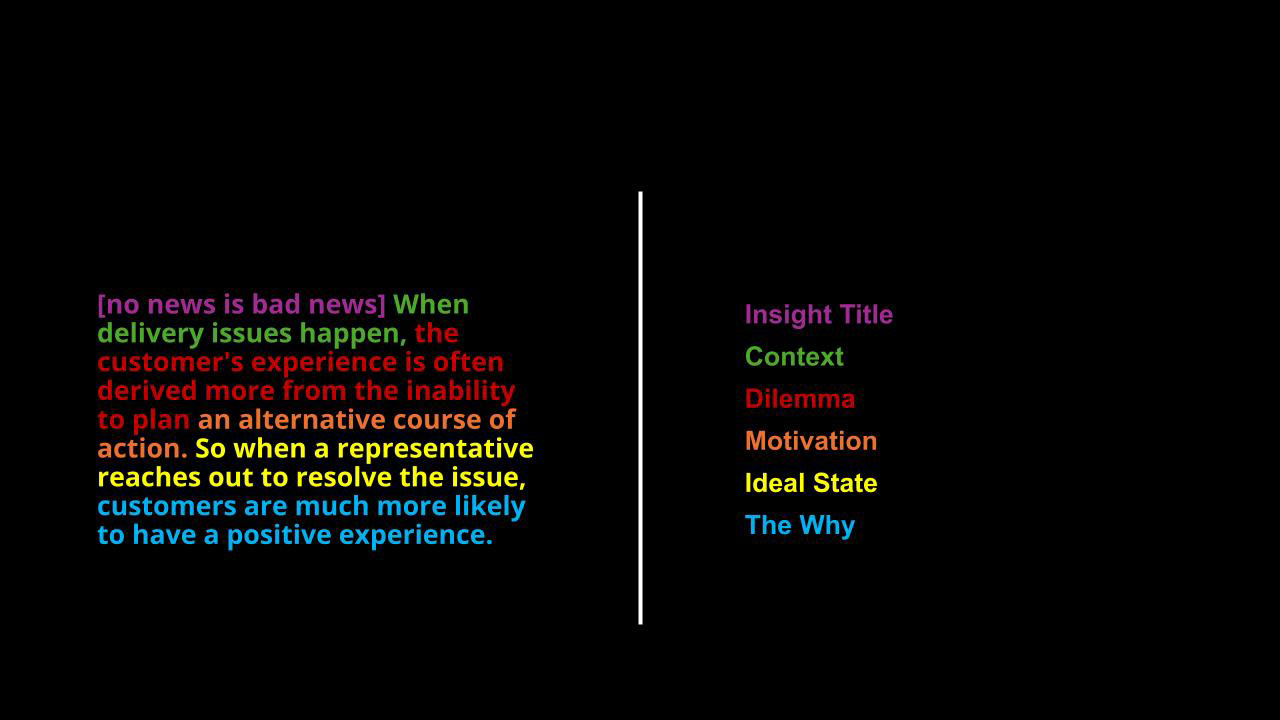When the Department of Global Markets* reached out, they weren't asking for a new tool or a shiny rebrand. They were looking for alignment, insight, and a better way to serve the people behind the paperwork; American and international businesses navigating the complexity of international trade.
My role was to provide my service design and education experience as part of a cross-functional team focused on championing customer experience, enhancing the user interface, and implementing drastic upgrades to change management methodology and knowledge management tools. Over the course of a year, we mapped journeys, surfaced pain points, and facilitated strategic conversations to connect siloed departments and services and bring human-centered design into the heart of how trade support gets delivered.
My role was to provide my service design and education experience as part of a cross-functional team focused on championing customer experience, enhancing the user interface, and implementing drastic upgrades to change management methodology and knowledge management tools. Over the course of a year, we mapped journeys, surfaced pain points, and facilitated strategic conversations to connect siloed departments and services and bring human-centered design into the heart of how trade support gets delivered.
Project Context
Client: Department of Global Markets* (Alias)
Product: DGM's Website & Services
Timeline: 1 year
Team: Senior Service Designer (me), Senior Customer Experience Strategist, and embedded client stakeholders.
Goal: Improve DGM's user experience and service offerings. Provide continuing education, training, and support for a groundswell CX Champion program within the agency.
My Role
As a design generalist, I wore many hats during this engagement, but my core contributions included:
•Led stakeholder interviews across trade programs and support teams
•Wrote research and design proposals with Paperwork Reduction Act (PRA) requirements and human centered design best practices in mind
•Mapping complex service journeys from the perspective of international exporters and website users
•Synthesized research into actionable insights and opportunity areas for positive change.
•Facilitated co-creation sessions to align siloed teams around shared goals
•Delivered strategic artifacts to support CX maturity and design adoption
•Designed ground up methodologies for service design and customer experience for federal employees
•Trained and mentored federal employees to become CX champions and evangelize proper design and customer experience methods
The Challenge
The Department of Global Markets* has a clear mission: to support U.S. exporters and make it easier to do business internationally. However, the experience of navigating their trade programs and website often told a different story. Businesses and employees struggled to understand what services applied to them, where to go for help, and how to follow through. Internally, design and customer experience were still emerging disciplines that were understood in theory but were unevenly practices across international teams.
We quickly uncovered:
•A wide gap between the agency's intended value and the real-world user experience
•Confusing and fragmented digital touch points across trade.gov and related properties
•Internal siloes between policy, tech, and service teams that slowed down coordination
•Limited infrastructure to consistently gather and act on user feedback
•A need for foundational service design tools to support long-term CX Maturity
This wasn't just about improving a website or producing artifacts, it was about building the mindsets, methods, and shared understanding needed to center customer and employee experience in a deeply complex legal and regulatory ecosystem.
Approach
We set out to run two-week sprints. In reality? It was more like jazz. With shifting priorities, rotating leads, and unpredictable timelines on both sides, our team had to stay adaptive and balance delivery with diplomacy, and structure with flexibility.
Discovery
We started with the basics: listening.
•Interviewed internal stakeholders to map pain points across trade services
•Conducted a research review of previous work that DGM had done on their own and with previous consultant services
•Audited the public-facing experience across live and live beta websites and other partner touch points
•Mapped current-state journeys for exporters and staff, resulting in seven service blueprints that highlighted areas of high user friction
•Surfaced key friction points, from unclear value props to lost-in-the-weeds navigation
Co-Creation & Synthesis
We baked collaboration in from the start, particularly with the mindset of both training and leveraging our CX Champions to assist our dynamic but functionally small team. Together we:
•Facilitated workshops with staff across policy, tech, and customer service siloes both nationally and internationally (front and backline workers)
•Mentored client CX Champions who became our apprentices as they stepped into their first CX roles to get their hands dirty with customer experience tasks
•Created light personas, research and insight briefs, and opportunity maps to connect the dots
•Helped teams prioritize and shout up ideas based on impact, effort, and building internal momentum
Building Design Capacity & Strategy
This was our day to day where most of the heavy lifting happened for our team by doing:
•Built a from scratch modular customer experience and service design training program based on the very best in industry best practices and federal guidelines (OMB Circular A-11 Section 280)
•Mentored our direct client peers in CX best practices and tagged them in to work alongside us on real tasks based on three different focused disciplines (research, design, culture)
•Ran twice-monthly training and working sessions with CX Champions across the globe
•Delivered strategic toolkits, templates, and guidance decks for long-term adoption and usage*has so
Overall, the work wasn't about shipping a shiny prototype. It was about designing the scaffolding (the mindsets, methods, and shared language) that would let good ideas take root long after we were gone.
Outcomes & Impact
Like many federal projects, we wrapped before seeing the full arc of implementation. Along the way, we built momentum and left behind tools, language, and confidence that our CX Champions could carry forward. One client called our work "the first time this all made sense."
Our final handoff included:
Our final handoff included:
•A library of 10+ service design and customer experience related training modules
•Practical learning guides on journey mapping, persona development, blueprinting, and more
•Over 30 staff trained as CX champions, many of whom began leading their own initiatives
•A shared vocabulary for talking about user needs, backed by real research and lived examples
•Escalated insights to senior leadership around legal and service pain points to facilitate prioritized development
•Consolidated recommendations that helped reduce duplicative beta and ancient websites that were still live
Most importantly, we helped people name what wasn't working and gave them the tools to do something about it. From quiet breakthroughs in workshops to experience renewed confidence in our front line federal peers, we saw the culture shift in real time.
What I Learned
This project reminded me why I love service design. It re-energized my believe that design can unlock clarity in the messiest, most human systems and gave me renewed confidence in my ability to navigate them.
I learned how to hold steady in ambiguity, lead with empathy in high-complexity environments, and stay flexible without losing direction. I leaned into my generalist strengths: switching between researcher, facilitator, strategist, mentor, and maker hats depending on what the team needed that week or even that day.
Most of all, I came away knowing that even in the most bureaucratic or slow-moving systems, small moves matter. A well-timed insight, a shared language, a tool that helps someone finally feel heard...those are the things that add up to real change...and...
I am here for it!
I am here for it!

